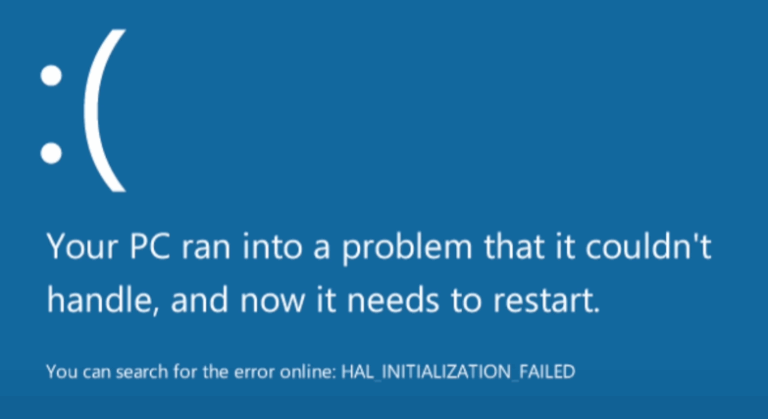Bài này dùng thuật ngữ tiếng anh dịch sang tiếng việt nghe điêu điêu, nên để cả bài bằng tiếng anh luôn cho dễ.
I. OVERVIEW
Disruptive and radical innovation are two distinct concepts in the realm of innovation, though they are often used interchangeably. Here’s how they differ:
1. Disruptive Innovation
- Disruptive innovation refers to the introduction of a new product, service, or process that creates a significant shift in an existing market by providing a simpler, more convenient, or more affordable alternative to the incumbent offerings.
- These innovations typically target underserved or overlooked segments of the market initially and gradually improve to challenge established players.
- Disruptive innovations often start at the bottom of the market and then move up, eventually displacing established competitors.
2. Radical Innovation:
Radical innovation involves the development of entirely new products, services, or processes that significantly depart from existing ones.
- Unlike disruptive innovation, which often targets existing markets and improves upon existing solutions, radical innovation aims to create entirely new markets or industries.
- Radical innovations are characterized by breakthroughs in technology, design, or business models that fundamentally change the way things are done.
In essence, disruptive innovation tends to focus on improving existing solutions to make them more accessible, while radical innovation is about creating entirely new solutions that transform industries or create entirely new ones. Both types of innovation can have profound impacts on businesses and society, but they differ in their approach and scope of change.

II. Case Study – Disruptive:

1. Background
In the late 1990s, the home entertainment industry was dominated by Blockbuster, a chain of video rental stores. People would visit these stores to rent VHS tapes and later DVDs for a limited period. However, this model had several drawbacks, including late fees, limited selection, and the inconvenience of physically going to a store
2. Disruptive Innovation by Netflix
Netflix, founded by Reed Hastings and Marc Randolph in 1997, introduced a disruptive innovation that would revolutionize the way people consumed movies and TV shows. Here’s how they did it:
Subscription-based Model: Netflix pioneered the subscription-based model for renting DVDs online. Instead of paying per rental, subscribers paid a monthly fee for unlimited rentals. This eliminated the need for late fees and provided customers with a predictable cost.
Convenience of Home Delivery: Netflix allowed customers to browse a vast selection of DVDs online and have them delivered directly to their homes via mail. This eliminated the need to travel to a physical store, saving customers time and effort.
Personalized Recommendations: Netflix leveraged technology to provide personalized movie recommendations based on users’ viewing history. This made it easier for customers to discover new content they might enjoy, enhancing their overall experience.
No Late Fees: Unlike traditional rental stores like Blockbuster, Netflix did not impose late fees. Customers could keep DVDs for as long as they wanted without worrying about accruing extra charges, promoting customer satisfaction and loyalty.
Transition to Streaming: Building on its success with DVD rentals, Netflix recognized the emerging potential of online streaming technology. In 2007, Netflix launched its streaming service, allowing subscribers to instantly watch movies and TV shows on their computers and later on various devices like smart TVs, gaming consoles, and smartphones.
3. Impact
Netflix’s disruptive innovation had a profound impact on the home entertainment industry:
- Blockbuster, once a dominant force in the market, struggled to adapt to the changing landscape and eventually filed for bankruptcy in 2010.
- Netflix not only survived but thrived, becoming a household name synonymous with streaming entertainment.
- The company’s subscription-based streaming model disrupted traditional cable TV and satellite providers, leading to the phenomenon known as “cord-cutting,” where consumers ditched expensive cable packages in favor of more affordable streaming options.
In summary, Netflix’s disruptive innovation transformed the way people consume entertainment, challenging established norms and paving the way for the streaming revolution we see today.
III. Case study – radical

1. Background
Before the iPhone, mobile phones were primarily used for calling and texting, with limited functionality beyond that. Smartphones existed, but they were bulky, complicated, and targeted mainly at business users.
2. Radical Innovation by Apple
Apple’s iPhone was a groundbreaking product that revolutionized the mobile phone industry in several ways:
Touchscreen Interface: The iPhone introduced a revolutionary touchscreen interface that replaced physical buttons with a large, responsive display. This made interaction more intuitive and opened up possibilities for new types of applications and user experiences.
App Ecosystem: Apple created the App Store, a centralized marketplace where developers could distribute third-party applications for the iPhone. This unleashed a wave of innovation as developers created a wide range of apps for everything from productivity to entertainment, effectively turning the iPhone into a versatile pocket computer.
Integrated Design: Unlike previous smartphones, which often felt like a collection of disparate features, the iPhone offered a seamless and integrated experience. Its sleek design, combined with features like the iPod music player and Safari web browser, made it a desirable and cohesive device.
Multi-Touch Gestures: The iPhone introduced multi-touch gestures, such as pinch-to-zoom and swipe-to-scroll, that made navigating content more intuitive and fluid. These gestures have since become standard across touchscreen devices.
Ecosystem Integration: The iPhone seamlessly integrated with other Apple products and services, such as iTunes for media consumption and iCloud for data synchronization. This created a cohesive ecosystem that enhanced the user experience and encouraged customer loyalty.
3. Impact
The iPhone’s radical innovation had a profound impact on the mobile phone industry and beyond:
- It popularized the concept of the smartphone, paving the way for a new era of mobile computing.
- Competitors scrambled to emulate Apple’s success, leading to a wave of innovation and competition in the smartphone market.
- The App Store ecosystem created new opportunities for developers and entrepreneurs, fueling the growth of the mobile app economy.
- The iPhone’s success propelled Apple to become one of the most valuable and influential companies in the world, reshaping entire industries such as telecommunications, media, and software.



